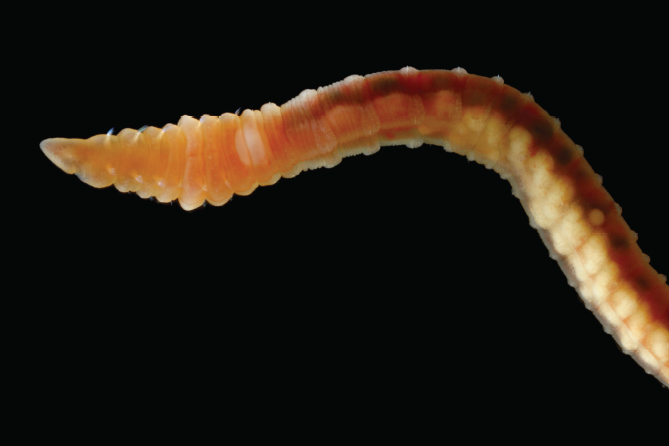 The Whitney Laboratory for Marine Bioscience
The Whitney Laboratory for Marine Bioscience

Animals must be able to produce offspring to survive as a species. To do this successfully, adults must first be able to produce gametes (eggs and sperm). The precursor (stem) cells that give rise to eggs and sperm are distinct from the rest of the cells in the body. These cells, called germline (stem) cells, are set aside from the rest of the animal very early on, usually during embryogenesis. If the germline is removed, adults are typically sterile.
In a recent study "in press" in the journal Developmental Biology, the Seaver Lab investigated the germline in the marine annelid worm Capitella teleta. The lab team was able to selectively remove the embryonic precursors to the germline from the early stage embryo using an infrared micro-laserbeam. To their surprise, the researchers found that adults raised from embryos with a deleted germline eventually formed both eggs and sperm and were able to successfully produce viable offspring. This result indicates that Capitella has the ability to regenerate its germline from somatic cell stem cells and represents one of only a few examples of germline regeneration in bilaterian animals.
It is worth noting that Capitella also has the ability to regenerate many of its tissues when amputated as an adult, including its nervous system, gut and muscles. Future studies by the Seaver Lab will focus on determining the mechanisms of how Capitella can regenerate its germline and somatic tissues during adulthood.
Congratulations, Seaver Lab!
Image shown is the anterior end of an adult annelid Capitella teleta. This female has maturing white eggs visible on the right side of the image. Photo taken by Dr. Francois Michonneau.